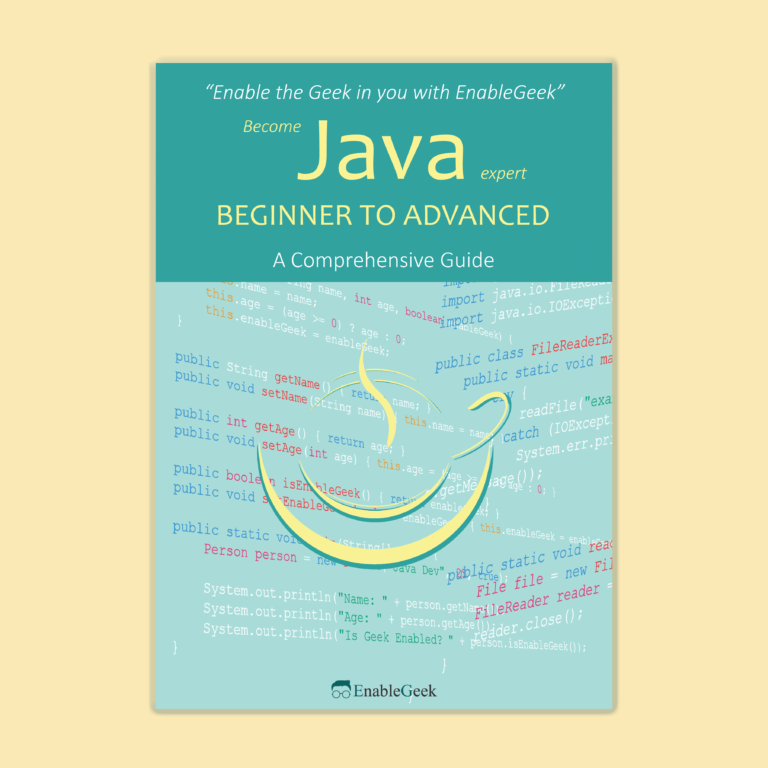How to use For Loops in React
For loops are a fundamental concept in JavaScript, and they can also be used in React to render dynamic content. In this beginner’s guide, we’ll explore how to use for loops in React.
Understanding the Basics of For Loops
Before diving into using for loops in React, it’s important to have a basic understanding of how they work in JavaScript. A for loop allows you to iterate over a collection of data, such as an array, and execute a block of code for each item in the collection. Here’s an example of a basic for loop:
for (let i = 0; i < 5; i++) {
console.log(i);
}
This for loop will iterate 5 times, with the value of i starting at 0 and incrementing by 1 with each iteration. The loop will continue as long as i is less than 5.
Using For Loops in React Components
In React, for loops can be used to render dynamic content. Let’s say you have an array of data that you want to render in a list. You can use a for loop to iterate over the array and render a component for each item.
Here’s an example of how to use a for loop to render a list of items in a React component:
function ItemList(props) {
const items = props.items;
const itemList = [];
for (let i = 0; i < items.length; i++) {
itemList.push(<li key={i}>{items[i]}</li>);
}
return <ul>{itemList}</ul>;
}
const items = ["Item 1", "Item 2", "Item 3"];
ReactDOM.render(<ItemList items={items} />, document.getElementById("root"));
In this example, we create a for loop to iterate over the items array and create a new li element for each item. We then push each new li element into a new array called itemList. Finally, we return a ul element that contains the itemList array.
Considerations for Using For Loops in React
While using for loops in React can be a powerful technique for rendering dynamic content, there are some important considerations to keep in mind:
- Avoid using
forloops to manipulate the DOM directly. React is designed to manipulate the virtual DOM, and directly manipulating the DOM can cause issues with React’s rendering optimizations. - Use the
mapmethod instead of aforloop to iterate over arrays whenever possible. Themapmethod is a built-in array method in JavaScript that is designed specifically for rendering lists in React. It is more concise and easier to read than aforloop. - Always include a unique
keyprop for each element rendered in a loop. This helps React to identify each element and optimize its rendering.
In conclusion, for loops can be a useful tool for rendering dynamic content in React. By understanding the basics of for loops, using them in React components, and following best practices, you can create powerful and efficient React applications.
Optimizing Performance with For Loops in React
Using for loops in React can be a powerful technique for rendering dynamic content, but it’s important to keep in mind the potential performance implications. In this article, we’ll explore how to optimize performance for loops in React.
Use map() method instead of for loops
When iterating over an array in React, it’s generally better to use the built-in map() the method instead of a for loop. The map() method is specifically designed for working with arrays and can often be more efficient and easier to read than a for loop.
Here’s an example of how to use map() to render a list of items:
function ItemList(props) {
const items = props.items;
return (
<ul>
{items.map((item, index) => (
<li key={index}>{item}</li>
))}
</ul>
);
}
In this example, we use the map() method to iterate over the items array and return a new array of li elements. We also include a unique key prop for each li element to help React optimize its rendering.
Use Memoization with for loops
Memoization is a technique that can improve performance by caching the results of expensive computations. In the context of React, we can use memoization to cache the results of a for loop to prevent unnecessary computations and re-renders.
Here’s an example of how to use memoization with a for loop in React:
import { useMemo } from "react";
function ItemList(props) {
const items = props.items;
const itemList = useMemo(() => {
const list = [];
for (let i = 0; i < items.length; i++) {
list.push(<li key={i}>{items[i]}</li>);
}
return list;
}, [items]);
return <ul>{itemList}</ul>;
}
In this example, we use the useMemo() hook to cache the results of the for loop. The useMemo() hook takes a function that returns the memoized value, as well as an array of dependencies. If any of the dependencies change, the function will be re-run and the memoized value will be updated.
By memoizing the results of the for loop, we can prevent unnecessary re-renders and improve the performance of our React components.
Use Pagination or Lazy Loading with Large Data Sets
If you’re working with a large data set, it may be more efficient to use pagination or lazy loading instead of rendering all of the data at once. This can improve the initial load time of your application and prevent unnecessary computations and re-renders.
Here’s an example of how to use pagination to render a large data set in React:
function ItemList(props) {
const itemsPerPage = 10;
const [page, setPage] = useState(1);
const startIndex = (page - 1) * itemsPerPage;
const endIndex = startIndex + itemsPerPage;
const items = props.items.slice(startIndex, endIndex);
return (
<div>
<ul>
{items.map((item, index) => (
<li key={startIndex + index}>{item}</li>
))}
</ul>
<button onClick={() => setPage(page - 1)}>Previous</button>
<button onClick={() => setPage(page + 1)}>Next</button>
</div>
);
}
In this example, we use the slice() method to extract a subset of the items array based on the current page number and the number of items
Using For Loops to Render Dynamic Content in React
In React, rendering dynamic content can be a common task, and using for loops can be a powerful way to achieve this. In this article, we’ll explore how to use for loops to render dynamic content in React.
Using a for loop to render a list
One common use case for using a for loop in React is to render a list of items. Here’s an example of how to use a for loop to render a list of items in React:
function ItemList(props) {
const items = props.items;
const itemList = [];
for (let i = 0; i < items.length; i++) {
itemList.push(<li key={i}>{items[i]}</li>);
}
return <ul>{itemList}</ul>;
}
In this example, we first define the items array as a prop passed down from a parent component. We then define an empty itemList array and use a for loop to iterate over the items array and push a new li element onto the itemList array for each item. We also include a unique key prop for each li element to help React optimize its rendering.
Using a for loop to render a table
Another common use case for using a for loop in React is to render a table. Here’s an example of how to use a for loop to render a table in React:
function Table(props) {
const data = props.data;
const tableRows = [];
for (let i = 0; i < data.length; i++) {
const row = data[i];
tableRows.push(
<tr key={i}>
<td>{row.name}</td>
<td>{row.age}</td>
<td>{row.email}</td>
</tr>
);
}
return (
<table>
<thead>
<tr>
<th>Name</th>
<th>Age</th>
<th>Email</th>
</tr>
</thead>
<tbody>{tableRows}</tbody>
</table>
);
}
In this example, we first define the data array as a prop passed down from a parent component. We then define an empty tableRows array and use a for loop to iterate over the data array and push a new tr element onto the tableRows array for each item. Within each tr element, we define td elements for each data field. We also include a unique key prop for each tr element to help React optimize its rendering.
Using a for loop with conditional rendering
In some cases, you may need to conditionally render elements based on certain criteria. Here’s an example of how to use a for loop with conditional rendering in React:
function ItemList(props) {
const items = props.items;
const itemList = [];
for (let i = 0; i < items.length; i++) {
const item = items[i];
if (item.completed) {
itemList.push(<li key={i}><s>{item.name}</s></li>);
} else {
itemList.push(<li key={i}>{item.name}</li>);
}
}
return <ul>{itemList}</ul>;
}
In this example, we use a for loop to iterate over the items array and conditionally push either a strikethrough li element or a regular li element onto the itemList array, depending on whether the completed field is true or false. We also include a unique key prop for



